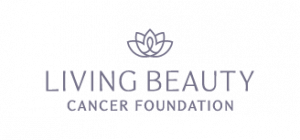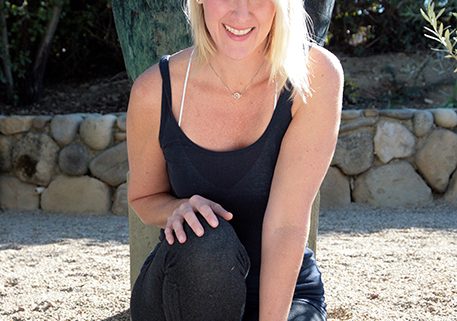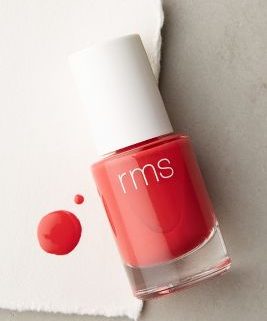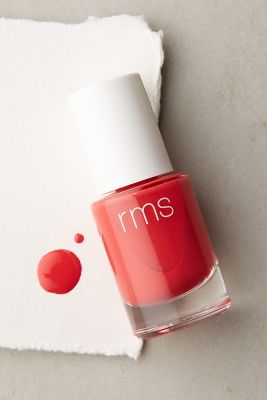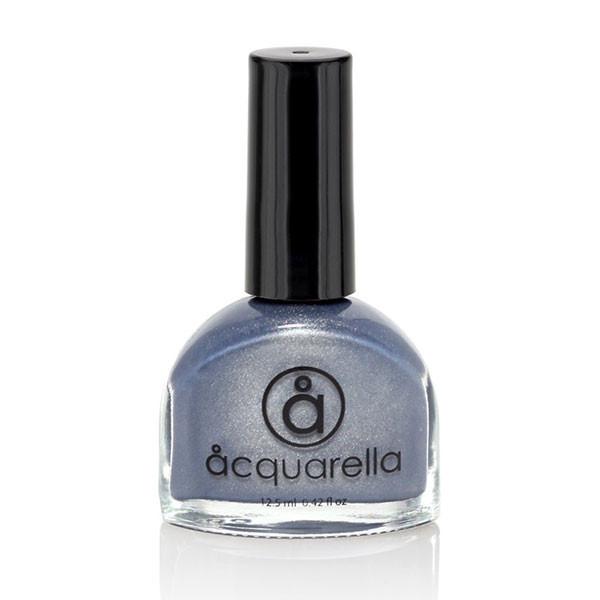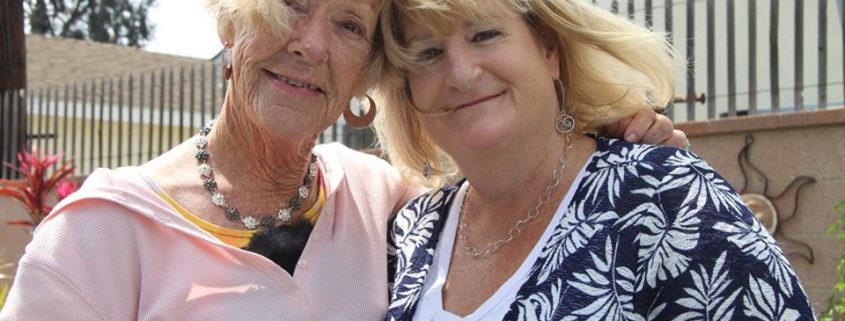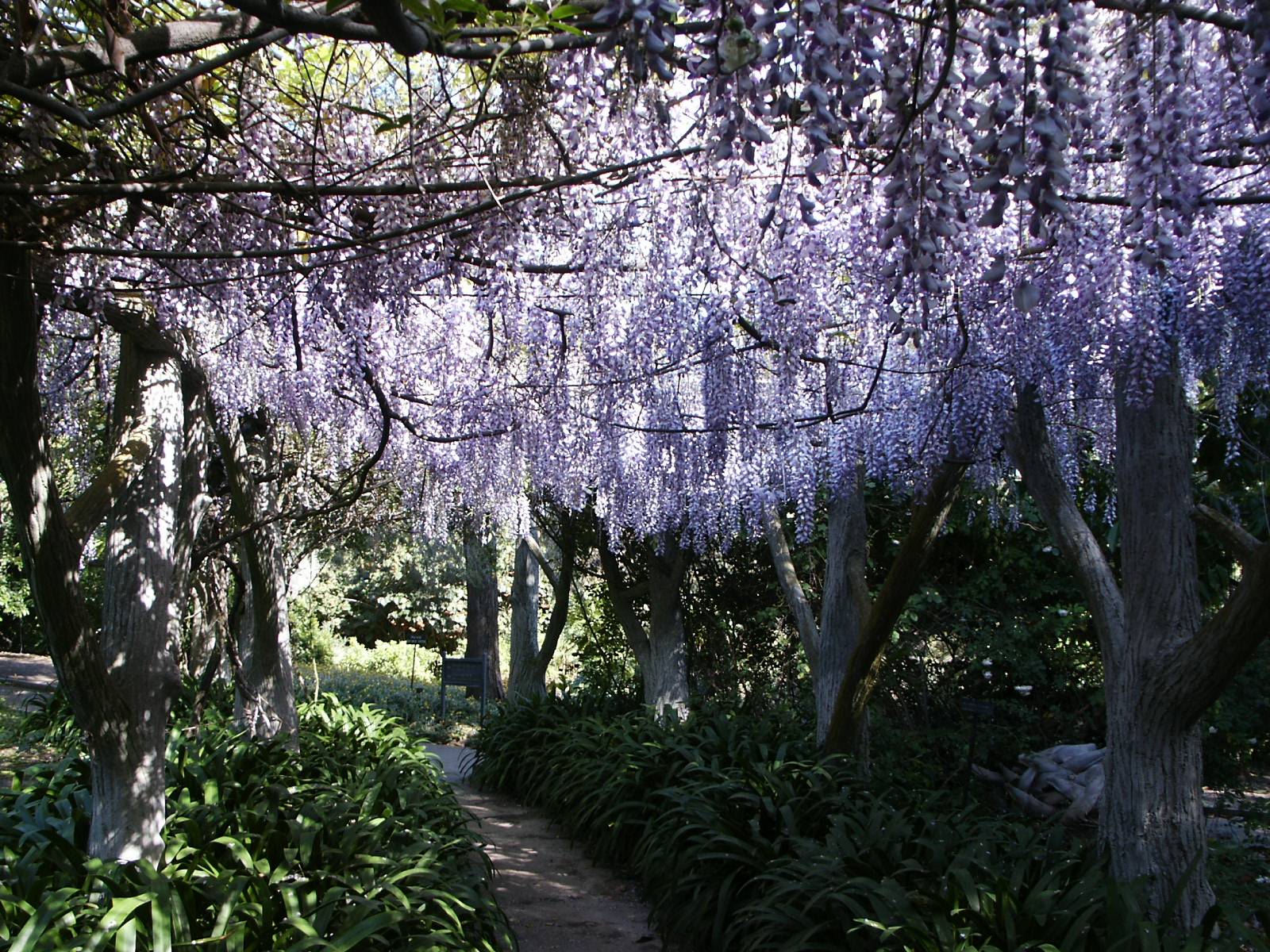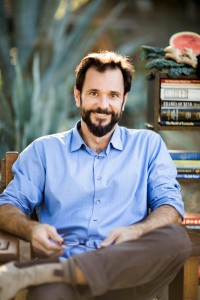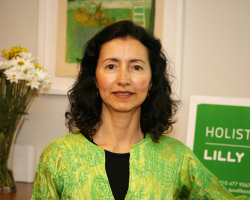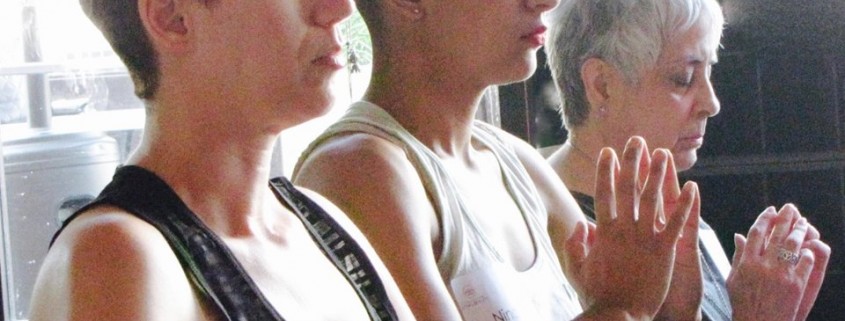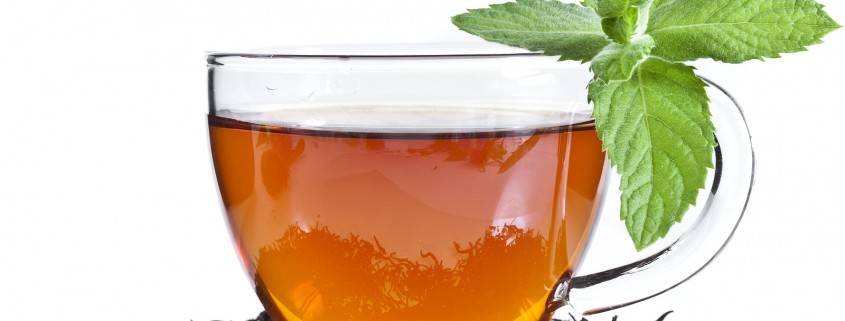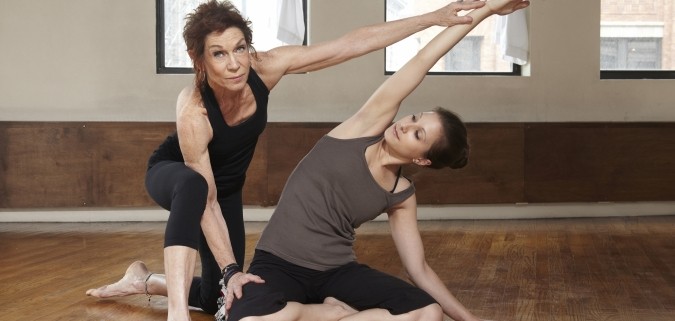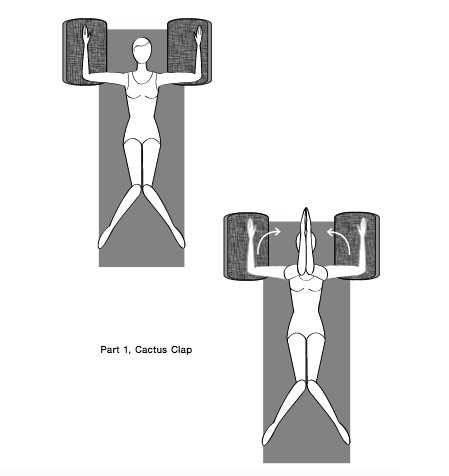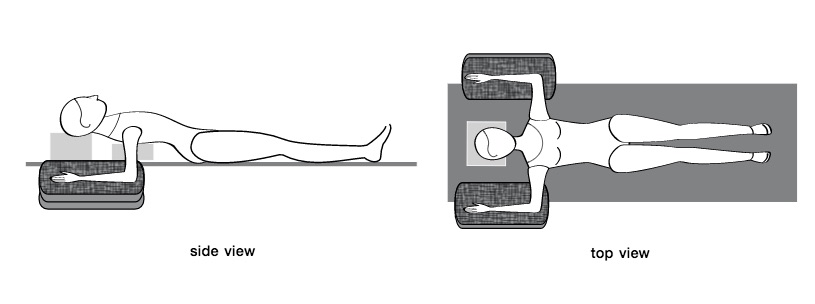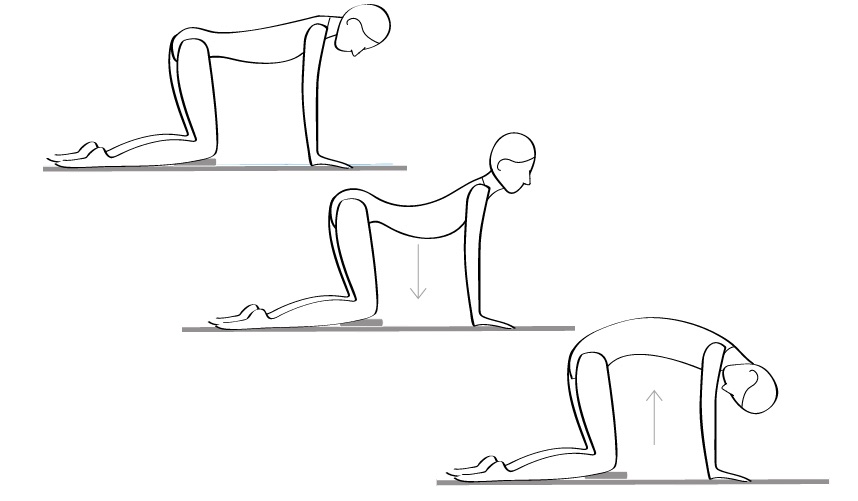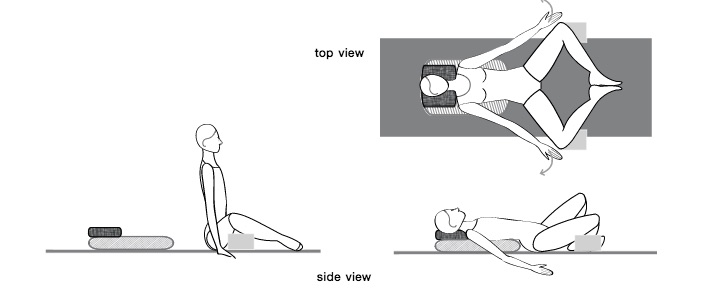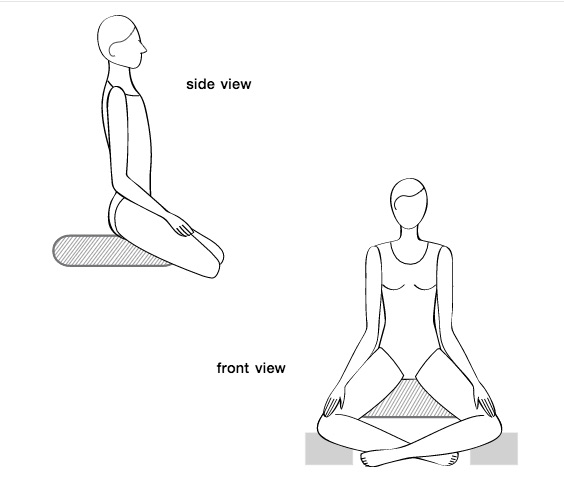Facilitator Spotlight: Kitty Blincoe
Kitty Blincoe has a particularly unique perspective as a yoga facilitator for The Foundation for Living Beauty, because she herself is a cancer survivor. Fourteen years ago, Kitty was diagnosed with kidney cancer in the midst of a successful, fast-paced career as a fashion executive. After her oncologist recommended reiki, Kitty began to recognize the power of blending Eastern + Western modalities. She says that after discovering yoga and reiki, she left fashion with a drive to dive into wellness. “Learning to breathe + practice yoga taught me boundaries and self care,” she explains. “I refer to myself as a ‘recovering type A.’ But [if you have cancer], you can find a new normal, day by day.”
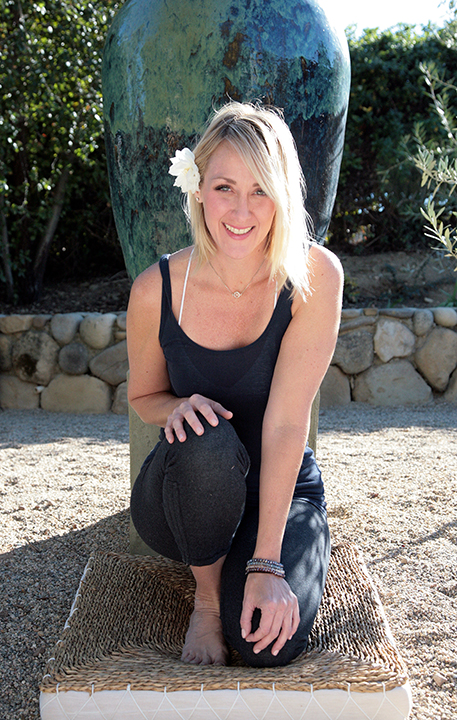
Kitty has attended yoga retreats with The Foundation for Living Beauty as both a participant and a facilitator – she now assists Tari Prinster, who was one of the first instructors to help Kitty “slow down.” Instructor Max Strom, whose mantra is “breathe to heal,” also influenced Kitty’s journey and commitment to yoga. “It was the breathing that hooked me – it’s a tool in my toolbox.” Also in Kitty’s yoga toolbox? Remixed Beatles music, restorative yoga and sound baths.
After reflecting on her journey from the busy corporate world of New York’s fashion scene to a peaceful community in San Diego, Kitty professes: “I like to say that doctors saved my life, but yoga gave me a life worth living.” It’s this life in San Diego that she’s generously sharing with The Foundation for Living Beauty, working to help facilitate future yoga events in San Diego. “I’m happy to introduce the Foundation to my community in San Diego, because the people are so authentic. The foundation honors our craft, and honors us as people. They honor each and every woman and the facilitators alike! My experience has always been that the events attract a special group of women who come together for a place to unwind, heal, learn tools to cope and manage daily life after being touched by cancer. No drama, no politics, just pure love and sisterhood. A tribe connected by cancer, strengthened by each other. A way to have the important “support group” without it being a traditional support group. An studies have shown being a part of a support group increases chance of survival significantly. It is my honor to share Light with anyone who needs a little to brighten their day.”
You can learn more about Kitty at www.kittyblincoe.com, or visit her in person at Sanctuary Z, her Sleep, Stretch and Stress Management space in Carlsbad, CA.
